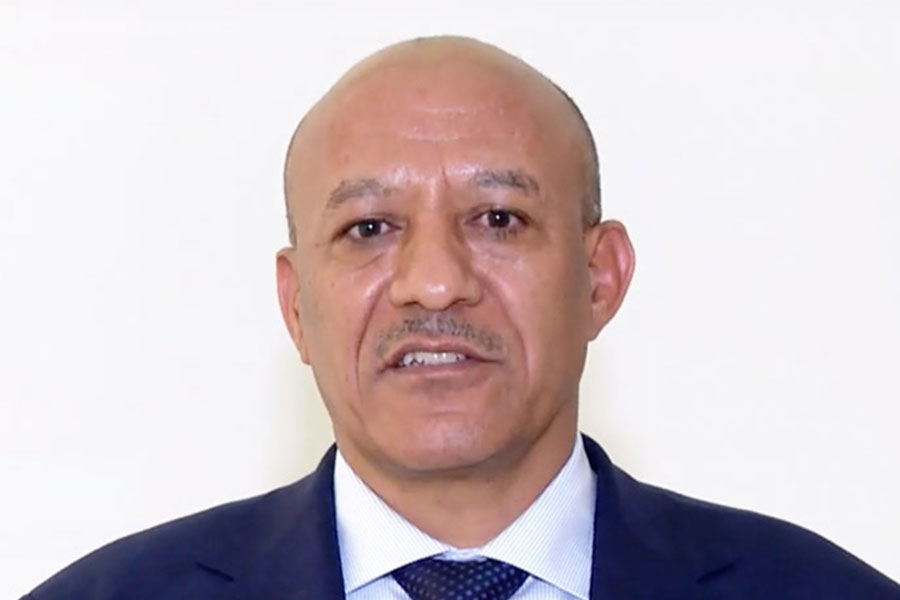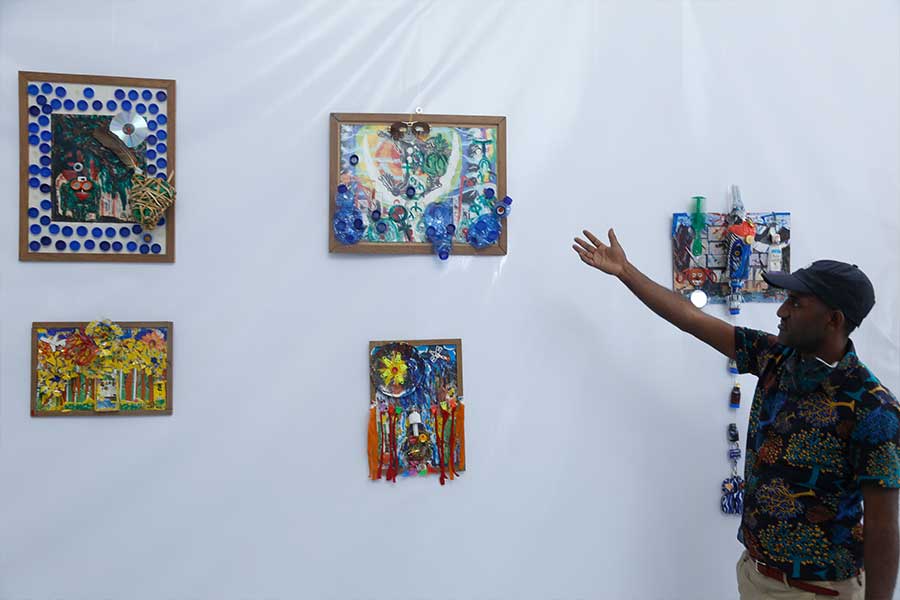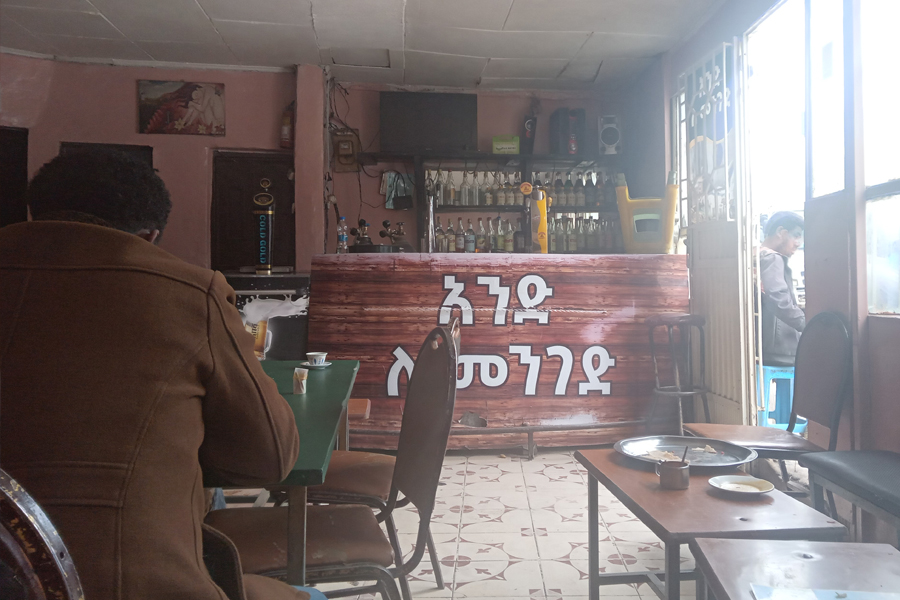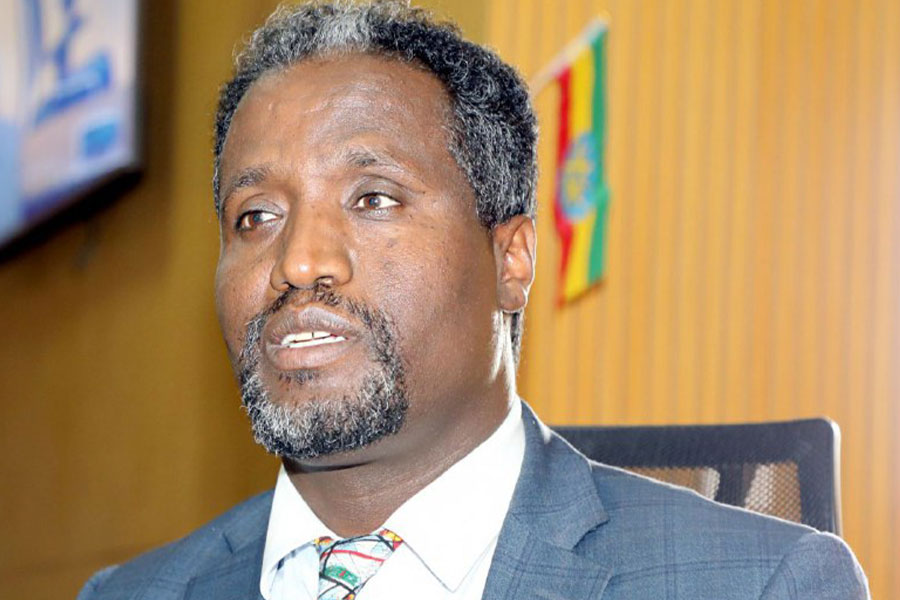
Life Matters | Mar 02,2019
May 20 , 2023
By Halima Abate (MD)
As urbanization sweeps across the globe, the challenges associated with fast-paced urban growth are becoming increasingly apparent. More than half of the world's population now resides in urban areas, with most of this growth occurring in developing countries.
Simultaneously, urban areas are becoming epicentres of non-communicable diseases, driving climate change, and struggling with inadequate housing and transport, poor sanitation, and a lack of green spaces. Against this backdrop, the 'Healthy Cities' concept emerges as a beacon of hope and progress, necessitating an in-depth look at the dynamic movement and the obstacles it must overcome.
The Healthy Cities initiative sets its sights on elevating health as a primary concern on social and political agendas. It is an endeavour that seeks to propel health development and well-being in urban settings through a mix of innovation and cross-sector changes. However, it is not a quest that can be undertaken lightly. For cities to truly metamorphose into Healthy Cities, they must navigate myriad complexities and hurdles.
At the heart of the issue, we find that cities are not just buildings and roads but a diverse ecosystem of individuals: citizens, designers, developers, artists, public officials, entrepreneurs, and the displaced. Their diverse languages, various interests, and perspectives often hinder meaningful collaboration across different sectors such as urban planning, transportation, health, housing, and the environment.
Urban areas are particularly vulnerable due to high population density, informal settlements, a high concentration of low-income migrants and refugees, casual employment, and insufficient access to sanitation. These factors underscore the urgent need for cities to build long-term resilience to health risks and crises. With most of the world's population living in urban settings, cities must combat the risk factors associated with non-communicable diseases and injuries, and promote healthy ageing.
Healthy Cities is more than just a term - it represents a set of core values, attributes, and principles. These include access to nature and green spaces, active transportation, affordable housing, community engagement, health equity, mixed-use development, resilience, and universal design.
Access to green spaces and nature is a crucial principle of Healthy Cities. Incorporating elements such as parks, gardens, and green roofs into urban areas can enhance air quality, lower stress, and promote physical activity. Encouraging active transportation, like walking, biking, and public transit, can improve physical health and mitigate air pollution.
Providing affordable housing is another critical component, reducing poverty, social inequality, and contributing to better mental health.
Community engagement lies at the heart of creating Healthy Cities. Involving residents in the planning and design of their neighbourhoods fosters a sense of ownership, belonging and leads to more sustainable and livable communities. A Healthy City also actively addresses social determinants of health and strives to reduce disparities between different populations.
Building resilient cities ensures urban areas can adapt to and recover from shocks and stresses, like natural disasters, economic downturns, or pandemics. Promoting universal design that makes cities accessible to people of all ages, abilities, and backgrounds is pivotal for fostering social inclusion and health equity.
The health-in-all-policies approach proposes that the health implications of urban planning decisions be systematically considered across all sectors. This coherent strategy encourages inter-regional learning, city diplomacy, and shared accountability to health. A whole-of-government approach is needed to address complex public health issues, necessitating cooperation beyond institutions and involving a wide range of stakeholders.
As we witness an era where urbanization is shaping our future, cities need to put their best foot forward in promoting healthy urban living. Ensuring cities evolve to advance physical, mental, and social well-being for all residents is not just a noble goal - it is a necessity.
PUBLISHED ON
May 20,2023 [ VOL
24 , NO
1203]


Life Matters | Mar 02,2019

Verbatim | Jun 08,2024

Radar | Dec 29,2018

Radar | Nov 16,2019

Radar | Jun 29,2025

Radar | Apr 30,2024

Radar | Oct 17,2020

My Opinion | Dec 04,2021

Commentaries | May 14,2022

Featured | Sep 10,2023

Photo Gallery | 178102 Views | May 06,2019

Photo Gallery | 168312 Views | Apr 26,2019

Photo Gallery | 159074 Views | Oct 06,2021

My Opinion | 137048 Views | Aug 14,2021
Commentaries | Oct 25,2025

Dec 22 , 2024 . By TIZITA SHEWAFERAW
Charged with transforming colossal state-owned enterprises into modern and competitiv...

Aug 18 , 2024 . By AKSAH ITALO
Although predictable Yonas Zerihun's job in the ride-hailing service is not immune to...

Jul 28 , 2024 . By TIZITA SHEWAFERAW
Unhabitual, perhaps too many, Samuel Gebreyohannes, 38, used to occasionally enjoy a couple of beers at breakfast. However, he recently swit...

Jul 13 , 2024 . By AKSAH ITALO
Investors who rely on tractors, trucks, and field vehicles for commuting, transporting commodities, and f...

Oct 25 , 2025
The regulatory machinery is on overdrive. In only two years, no fewer than 35 new pro...

Oct 18 , 2025
The political establishment, notably the ruling party and its top brass, has become p...

Oct 11 , 2025
Ladislas Farago, a roving Associated Press (AP) correspondent, arrived in Ethiopia in...

Oct 4 , 2025
Eyob Tekalegn (PhD) had been in the Governor's chair for only weeks when, on Septembe...

Oct 25 , 2025 . By YITBAREK GETACHEW
Officials of the Addis Abeba's Education Bureau have embarked on an ambitious experim...

Oct 26 , 2025 . By YITBAREK GETACHEW
The federal government is making a landmark shift in its investment incentive regime...

Oct 27 , 2025
The National Bank of Ethiopia (NBE) is preparing to issue a directive that will funda...

Oct 26 , 2025 . By SURAFEL MULUGETA
A community of booksellers shadowing the Ethiopian National Theatre has been jolted b...